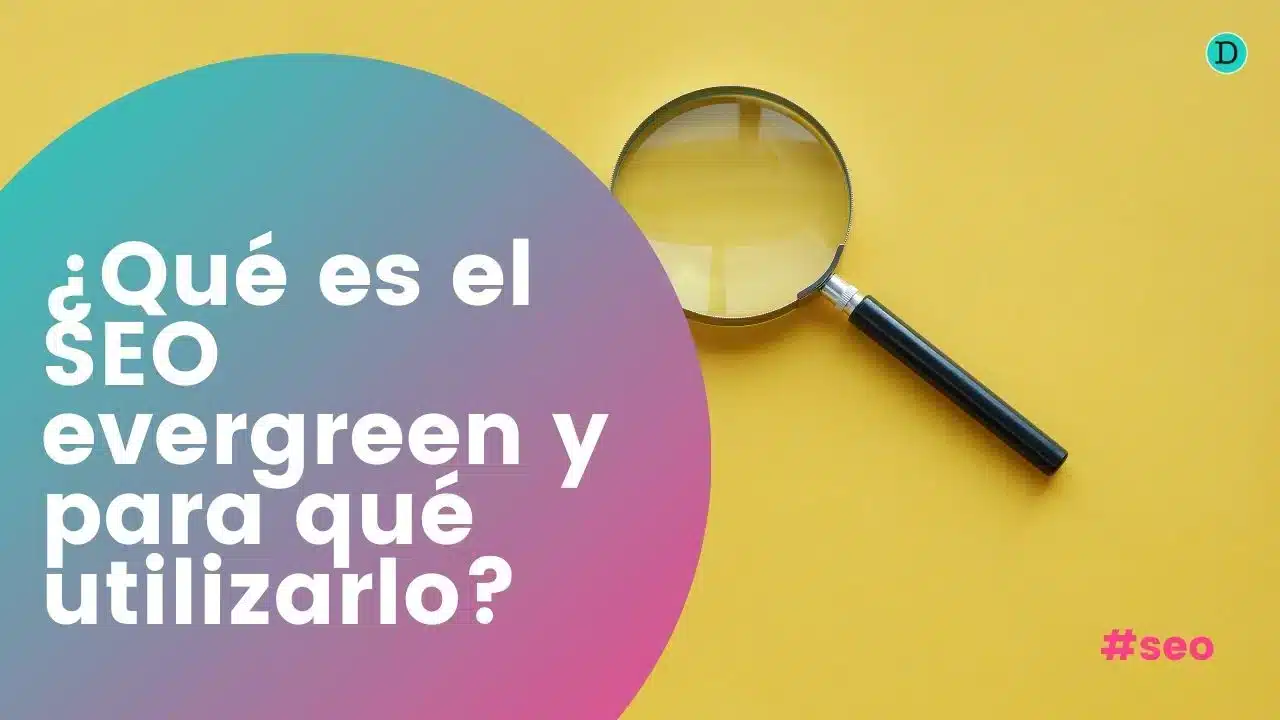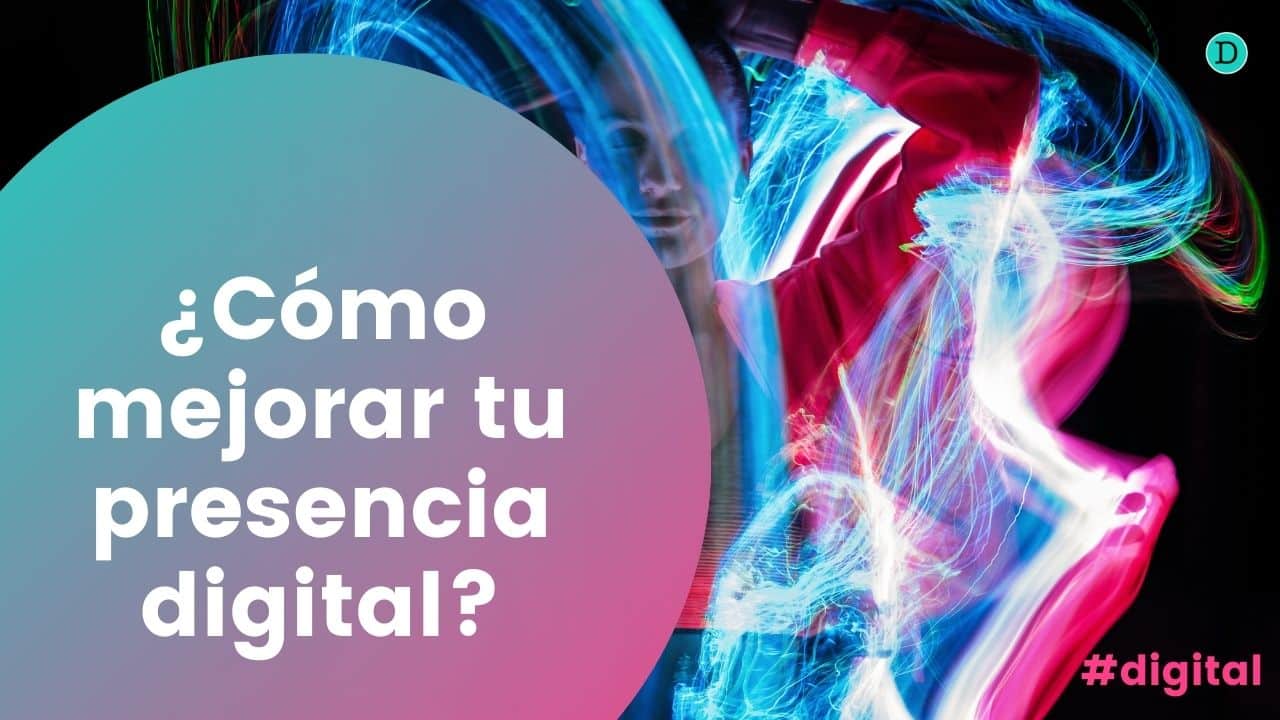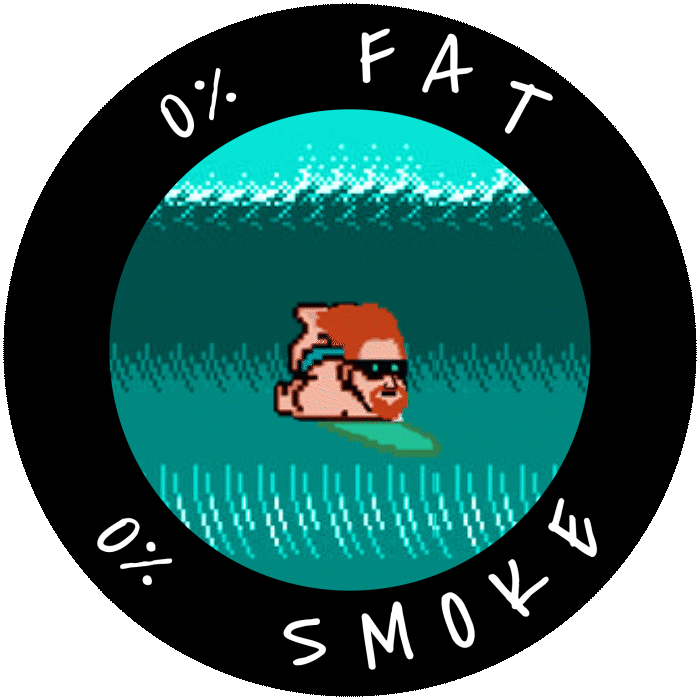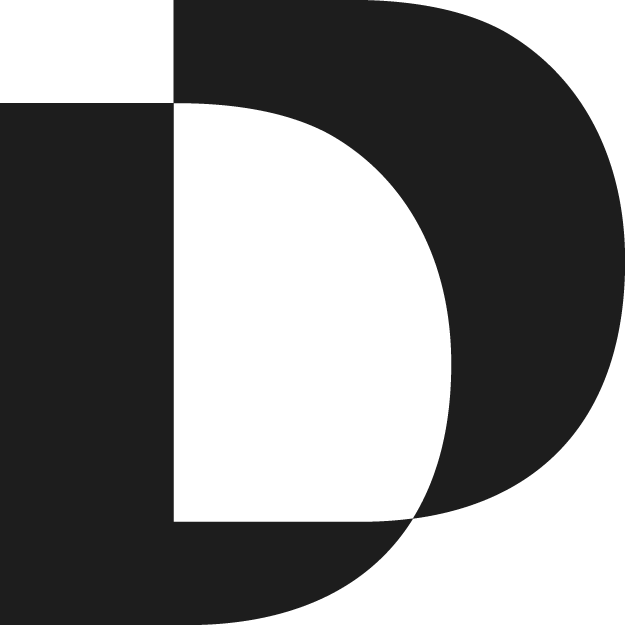In the very wide world of graphic and especially digital design, user experience design (UX/UI) has become a monstrous discipline thanks to devices such as computers or mobiles, becoming a fundamental branch of design to guarantee memorable and functional user experiences.
But, What exactly does UX/UI mean?
UX (User Experience) focuses on the user's perception and satisfaction when interacting with a product or service, while UI (User Interface) addresses the visual and interactive aspects of the interface. Together, these disciplines form the heart of any successful digital design. If we were to eat an apple, we would use a knife (UI)with a good grip, which cuts well and looks good, making the action of eating the apple (UX) into something comfortable and satisfying. As Norman (2022) points out, "good design is design that is not only visually appealing, but also facilitates user interaction in an intuitive way".
Over the years, the tools used in UX/UI have evolved significantly. In the early days, designers relied on generalist software or manual processes to create sketches and flows. These processes have changed and evolved greatly over time, thanks to the emergence of specialised tools that have revolutionised the field, enabling interactive prototypes, real-time collaboration and user testing directly integrated into workflows. These tools not only facilitate the work and process development of designers, but also increase the quality and efficiency of projects.
Today more than ever, the variety of UX/UI tools available on the market is overwhelming, and choosing the right ones can make the difference between an average design and an average design. an outstanding user experience. These tools have become indispensable allies for any designer seeking to optimise creative processes, encourage creativity and offer results that stand out among so many projects.
Here's a look at some of the most relevant and innovative tools of 2025, how they can enhance your work as a digital designer and what advantages they offer in your day-to-day life. Get out your pen and notebook:
1. Figma: Collaborative design in the cloud
Figma has positioned itself as one of the most popular tools in the UX/UI design world. Its main strength is real-time collaboration, allowing an entire team to make changes and progress at the same time, streamlining time, communication and idea generation on each project. In addition, its cloud-based approach ensures that you don't have to worry about losing data or versions, making it a reliable option for both remote teams and individual projects.
- Advantages to be highlighted:
- Ideal for remote teams and international collaborations.
- Very intuitive and user-friendly interface, perfect for beginners and experts (it is not a software that limits development).
- Extensive library of plugins that improve productivity and automate repetitive tasks.
- Supports interactive prototyping and user testing.
Figma has also recently expanded its capabilities with new analysis and collaboration tools for developers, reinforcing its position as a market leader. In addition, it is one of the most widely used UX/Ui design-focused tools in the world. updates and news has been presented in recent times.
Quote: "Collaborative design is not the future, it is the present, and tools like Figma prove it". - Anonymous designer.
2. Penpot: An open source alternative
Penpot has gained notoriety as a free and open source alternative for UX/UI design. Its inclusive approach and ability to integrate with development tools make it an attractive option for teams looking for flexibility without sacrificing quality.
- Advantages:
- Free and accessible to all.
- Compatible with multiple operating systems.
- Advanced prototyping functionalities.
- Active community contributing to its constant improvement.
Penpot represents a viable option for those who value technological independence and collaborative development. In addition, its focus on open standards makes it ideal for teams seeking interoperability with other tools and platforms.
3. Sketch: A classic that keeps evolving
Sketch has been one of the pioneering tools in digital design, and while it has lost some ground to options such as Figma, it remains a solid choice for many professionals. Its unique focus on macOS and its ecosystem of custom plugins make it very attractive to designers looking for optimised performance.
- Advantages:
- Ideal for rapid and high quality prototypes.
- Robust support of vector resources ensuring scalable designs.
- Large community of users sharing useful resources, tutorials and extensions.
- It allows seamless integration with other tools such as Zeplin and Abstract.
Sketch has recently introduced collaborative functionalities that aim to compete directly with Figma, establishing itself as an adaptable tool for modern workflows.
4. Adobe XD: Versatility under the Adobe umbrella
Adobe XD is Adobe's answer to the UX/UI market, offering integration with other tools in the Creative Cloud suite. Its focus on interactive design and prototyping makes it ideal for projects that require more than just static visuals. With features such as real-time co-editing and responsive design capabilities, Adobe XD adapts to the needs of modern teams.
- Advantages:
- Seamless integration with Photoshop, Illustrator and other Adobe tools, creating an end-to-end working ecosystem.
- Advanced animation options and transitions add dynamism to prototypes.
- Integrated usability testing facilitates design validation.
- Responsive design features allow you to create responsive interfaces with ease.
Adobe XD has recently included artificial intelligence capabilities to suggest design improvements, further optimising workflows.
Quote: "The versatility of Adobe XD is a key advantage for teams looking for an all-in-one solution". - Experienced designer.
5. Uizard: AI-generated designs
Uizard is a disruptive tool that leverages artificial intelligence to turn hand-drawn sketches or ideas on paper into working digital prototypes. Its focus on automation makes it ideal for those looking to speed up the design process.
- Advantages:
- Turn ideas into prototypes in minutes.
- Ideal for teams that need to iterate quickly.
- Integration with traditional tools such as Figma or Sketch.
- Reduce time spent on repetitive tasks.
Uizard has also recently launched features that allow you to create entire user flows by simply describing them in text, taking automation to the next level.
6. Maze: Direct user feedback
Maze stands out for its focus on usability research and testing. For example, it is especially useful during the early stages of prototype development, when a team needs to quickly identify how users navigate a new interface and spot areas for improvement before launch. This makes it a key tool for validating concepts and ensuring that design decisions are aligned with real user expectations. This tool allows design decisions to be validated with real data obtained directly from users, eliminating the need for complicated processes or face-to-face testing. Maze is perfect for teams looking to iterate quickly based on tangible results.
- Advantages:
- It measures the effectiveness of prototypes through key metrics such as task time and success rate.
- It identifies friction points in the user experience clearly and accurately.
- Easy to integrate with other design tools such as Figma or Adobe XD, streamlining workflows.
- It generates detailed reports that enable informed decision making.
Maze has recently added advanced dashboards that allow key metrics to be viewed more intuitively and shared with stakeholders in real time.
Choose your tools wisely and transform your design
As designers, choosing the right tools not only improves our productivity, but also allows us to create digital products that truly connect with users. As Brown (2023) points out, "design is not just how it looks, but how it works and feels in everyday interaction". From Figma's real-time collaboration to Maze's usability testing, each tool brings unique value that, combined with our creativity, can transform any project into an unforgettable experience.
Moreover, it is important to remember that success does not depend solely on the tools, but on how we use them. Continuous training and the curiosity to explore new solutions are essential to keep up to date in a constantly evolving industry. Designers can keep up to date by participating in specialised courses on platforms such as Coursera o Domestikaattending conferences such as the UX Design Summit and by joining active communities in networks such as LinkedIn o Slack.
Don't forget: the tools are important, but your vision and skills as a designer are what will really make your work stand out. Dare to experiment, combine resources and discover what works best for you! This way, every project will be an opportunity to innovate and leave an indelible mark on the digital world.

